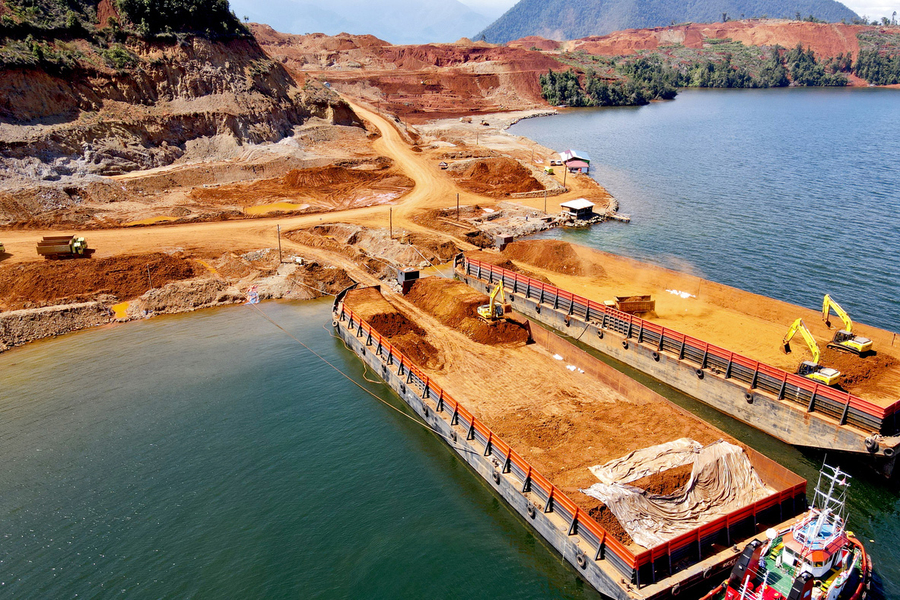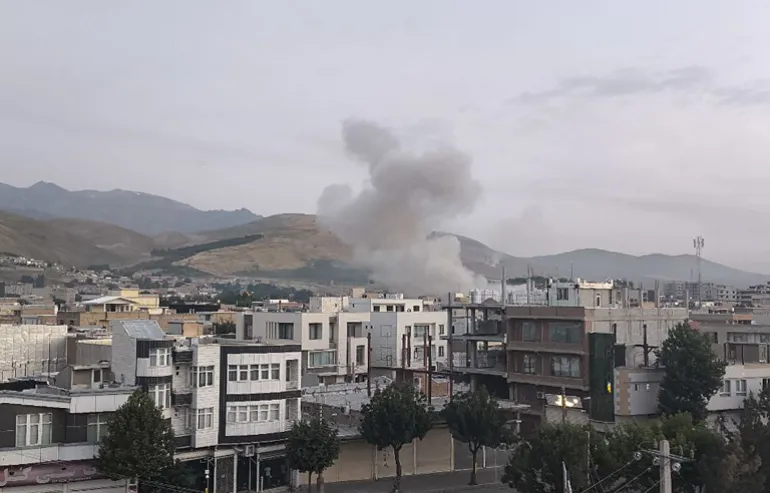- Courses
- GS Full Course 1 Year
- GS Full Course 2 Year
- GS Full Course 3 Year
- GS Full Course Till Selection
- Answer Alpha: Mains 2025 Mentorship
- MEP (Mains Enrichment Programme) Data, Facts
- Essay Target – 150+ Marks
- Online Program
- GS Recorded Course
- Polity
- Geography
- Economy
- Ancient, Medieval and Art & Culture AMAC
- Modern India, Post Independence & World History
- Environment
- Governance
- Science & Technology
- International Relations and Internal Security
- Disaster Management
- Ethics
- Current Affairs
- Indian Society and Social Issue
- NCERT- Science and Technology
- NCERT - Geography
- NCERT - Ancient History
- NCERT- World History
- CSAT
- 5 LAYERED ARJUNA Mentorship
- Public Administration Optional
- ABOUT US
- OUR TOPPERS
- TEST SERIES
- FREE STUDY MATERIAL
- VIDEOS
- CONTACT US
Sustainable Extraction of Nickel
Sustainable Extraction of Nickel

Why in the News?
- A new study by researchers at the Max Planck Institute for Sustainable Materials in Germany has found a clean and fast way to extract nickel using hydrogen plasma.
- This process does not produce carbon dioxide, unlike traditional methods.
What are the Key Highlights?
- About:
- Nickel is a key metal used in many green technologies, especially in Electric Vehicles (EVs) and lithium-ion batteries.
- Global demand for nickel is expected to exceed 6 million tonnes/year by 2040.
- The study was published in the journal Nature.
- Traditional Method:
- Traditional extraction involves multiple steps: calcination, smelting, reduction, refining.
- It is energy-intensive and carbon-based, releasing large amounts of CO₂.
- Over 20 tonnes of CO₂ are emitted for every 1 tonne of nickel produced.
- Innovation: Hydrogen Plasma Reduction:
- This method replaces carbon with hydrogen as the reducing agent.
- It uses electricity instead of fossil fuels.
- Hydrogen gas is transformed into hydrogen plasma (a high-energy, ionized fourth state of matter) via an electric arc.
- This plasma quickly reduces metal oxides like nickel oxide to pure nickel.
- The only byproduct of the reaction is water, not carbon dioxide.
- The new method uses a single-step metallurgical process in one electric arc furnace.
- India’s Context:
- India has significant nickel laterite reserves, especially in Sukinda, Odisha.
- These reserves contain 0.4–0.9% nickel in nickeliferous limonite found in chromite mine overburden.
- Focus on Laterite Ores:
- The study targets laterite ores, found in hot, tropical regions.
- These are abundant but hard to process using traditional methods.
- Traditional sulphide ores are easier to process but are rapidly depleting.
- Traditional methods ignore these low-grade ores, but the new method works efficiently on them.
What is the Significance?
- New method is 18% more energy efficient than previous methods.
- It reduces direct CO₂ emissions by up to 84%.
- The only byproduct is water (H₂O) instead of carbon dioxide..
- The process uses less energy, happens more quickly, and is easier.
- The new method allows economic extraction from low-grade, domestic ores.
- It reduces dependency on imported high-grade ores.
- It supports sustainable and local resource utilization.
- It helps to avoid shifting the carbon and energy burden from one sector (e.g., transport) to another (e.g., mining).
- It ensures the green transition (EVs, solar panels, etc.) is not undermined by dirty metal production.
- It meets India’s dual objectives:
- Rapid industrial growth and infrastructure development.
- Commitment to net-zero emissions by 2070.
|
India’s Net Zero Target:
India’s Climate Goals (Panchamrit - 5 Nectar Elements):
|
What are the Challenges and Way Forward?
|
Challenges |
Way Forward |
|
1. High initial investment required in infrastructure and renewable energy sources. |
1. Government and industry collaboration to provide financial support, grants, and subsidies. |
|
2. Scalability issues when moving from lab-scale to industrial-scale production. |
2. Conduct pilot-scale trials to test feasibility and adjust technology for large-scale deployment. |
|
3. Limitations in ore applicability may not work equally well with all types of ores. |
4. Carry out further research to expand applicability across diverse ore types. |
|
5. Need for continuous supply of free oxygen at the arc-melt interface. |
5. Develop advanced process control systems for stable plasma generation and oxygen availability. |
|
7. Requirement for in-depth thermodynamic and kinetic studies. |
6. Support academic-industry partnerships to deepen understanding of plasma-metal interaction. |
Conclusion
This new method of using hydrogen plasma to extract nickel offers a fresh path toward cleaner industrial processes. By making it possible to use lower-grade ores in an energy-efficient and carbon-free way, it addresses both environmental and economic concerns. If scaled successfully, it could support countries like India in balancing development with sustainability and reduce dependence on imported resources.
|
Ensure IAS Mains Question: Q. The hydrogen plasma method for nickel extraction offers a cleaner path for industrial sustainability but faces significant scalability challenges. Critically examine the potential and limitations of this method in the context of India’s green transition and mineral resource utilization. (250 words) |
|
Ensure IAS Prelim MCQ: Q1. Consider the following statements regarding the new hydrogen plasma method for nickel extraction:
How many of the above statements is/are correct? Answer: B
|




